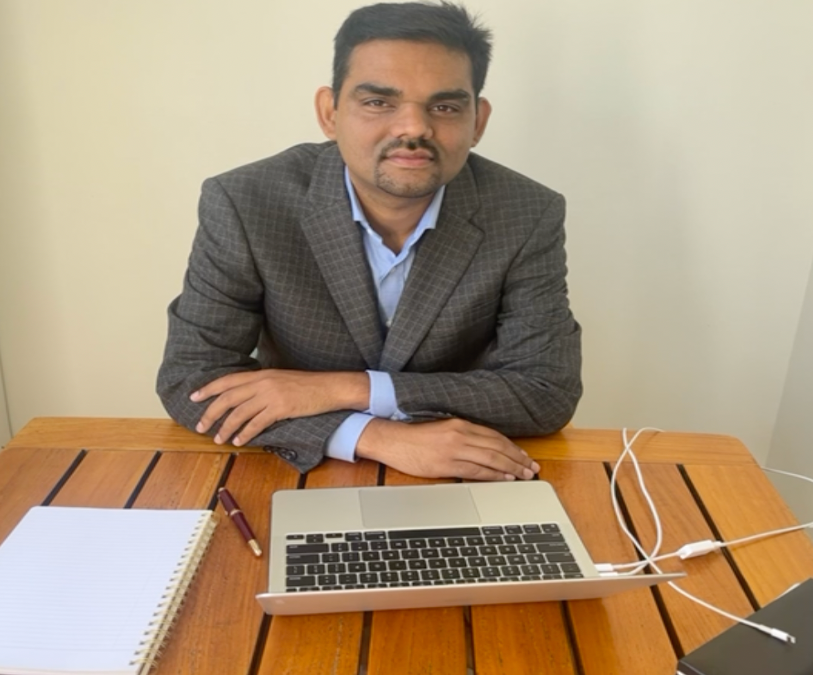PCRIC Shares Potential Role in the Pacific’s Non-Sovereign Insurance Space
Recently, the Pacific Catastrophe Risk Insurance Company (PCRIC) was invited to participate in the Micronesia Subregional Private Sector Climate Finance Workshop as a guest speaker. The event was organized by the Pacific Islands Forum Secretariat and held in Koror, Palau. PCRIC’s Finance & Planning Manager, Mr. Pankaj Singh, represented the company virtually and shared the company’s plans and the potential opportunities in the non-sovereign space.
In response to the growing demand from donor partners, PCRIC is actively exploring avenues to ensure the successful implementation of infrastructure projects, particularly considering the challenges faced by contractors in obtaining insurance coverage from private sector providers. Mr. Singh emphasized PCRIC’s commitment to assessing the risks and operational dynamics associated with this segment of the market.
A report published by the Pacific Region Infrastructure Facility (PRIF) explicitly recognizes the pivotal role that PCRIC can play in enhancing resilience by offering insurance coverage to this crucial niche market. This acknowledgement underscores the significance of PCRIC’s potential contributions in fostering greater resilience within the Pacific region.
PCRIC is making remarkable progress towards a significant milestone, aiming to provide insurance coverage to over 1 million individuals before the onset of the 2023 Cyclone Season. Ongoing discussions with several Pacific Island Countries (PICs), notably Fiji and the Republic of the Marshall Islands, are showing promising developments. Additionally, the availability of grant funding through the BMZ/KfW, acting on behalf of the German Government, further supports PCRIC’s efforts by providing premium assistance to PICs.
The diligent pursuit of these initiatives reaffirms PCRIC’s commitment to mitigating risks, fostering resilience, and securing the well-being of the countries it serves. By extending its insurance coverage and actively engaging with partners, PCRIC is dedicated to making a substantial and positive impact on the region’s disaster risk management landscape.




